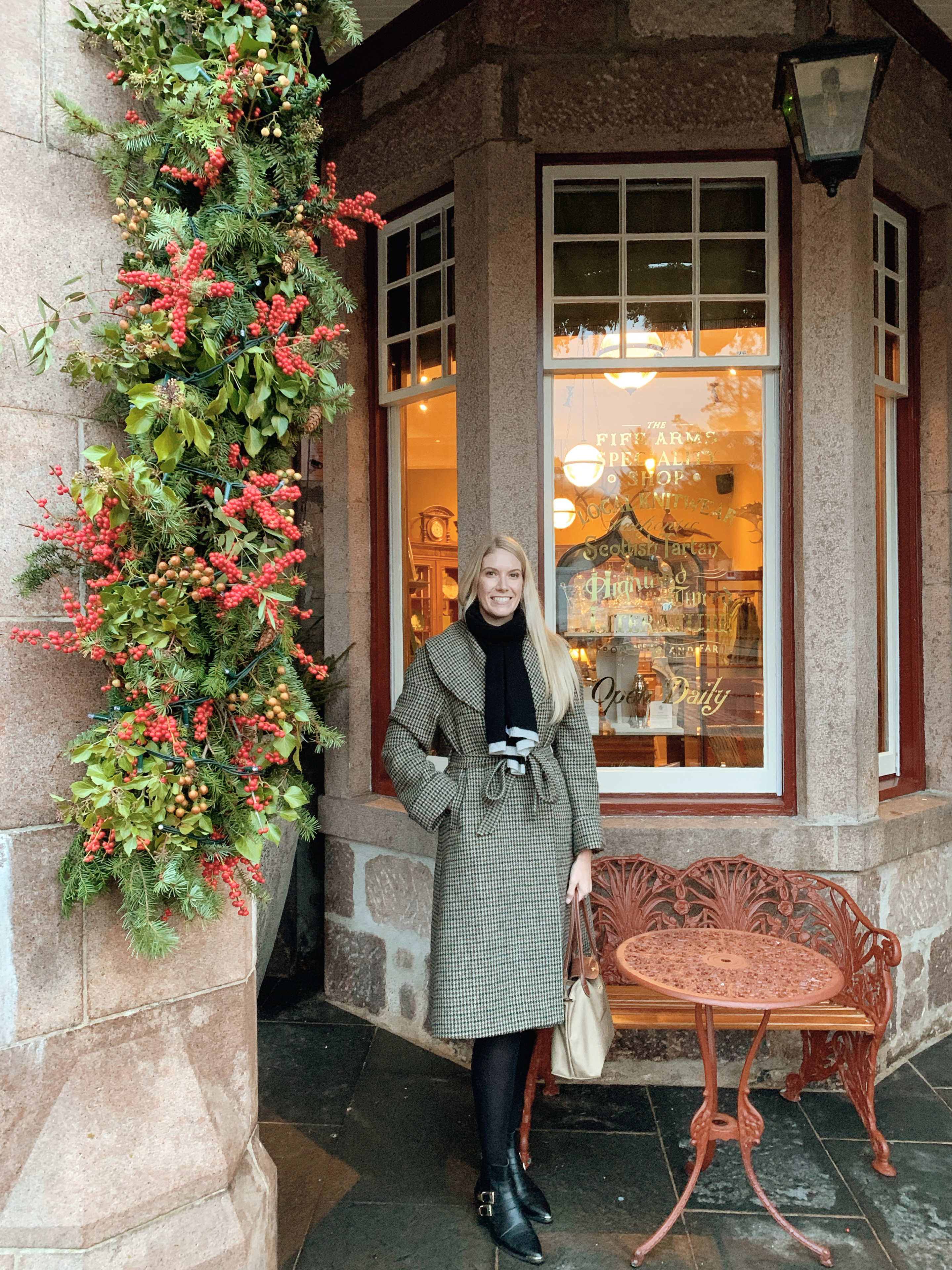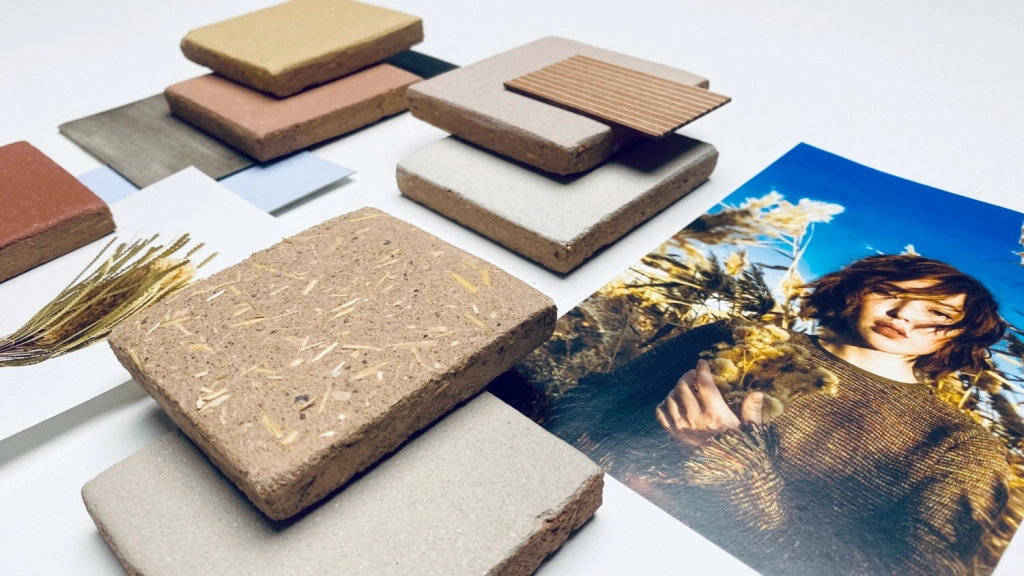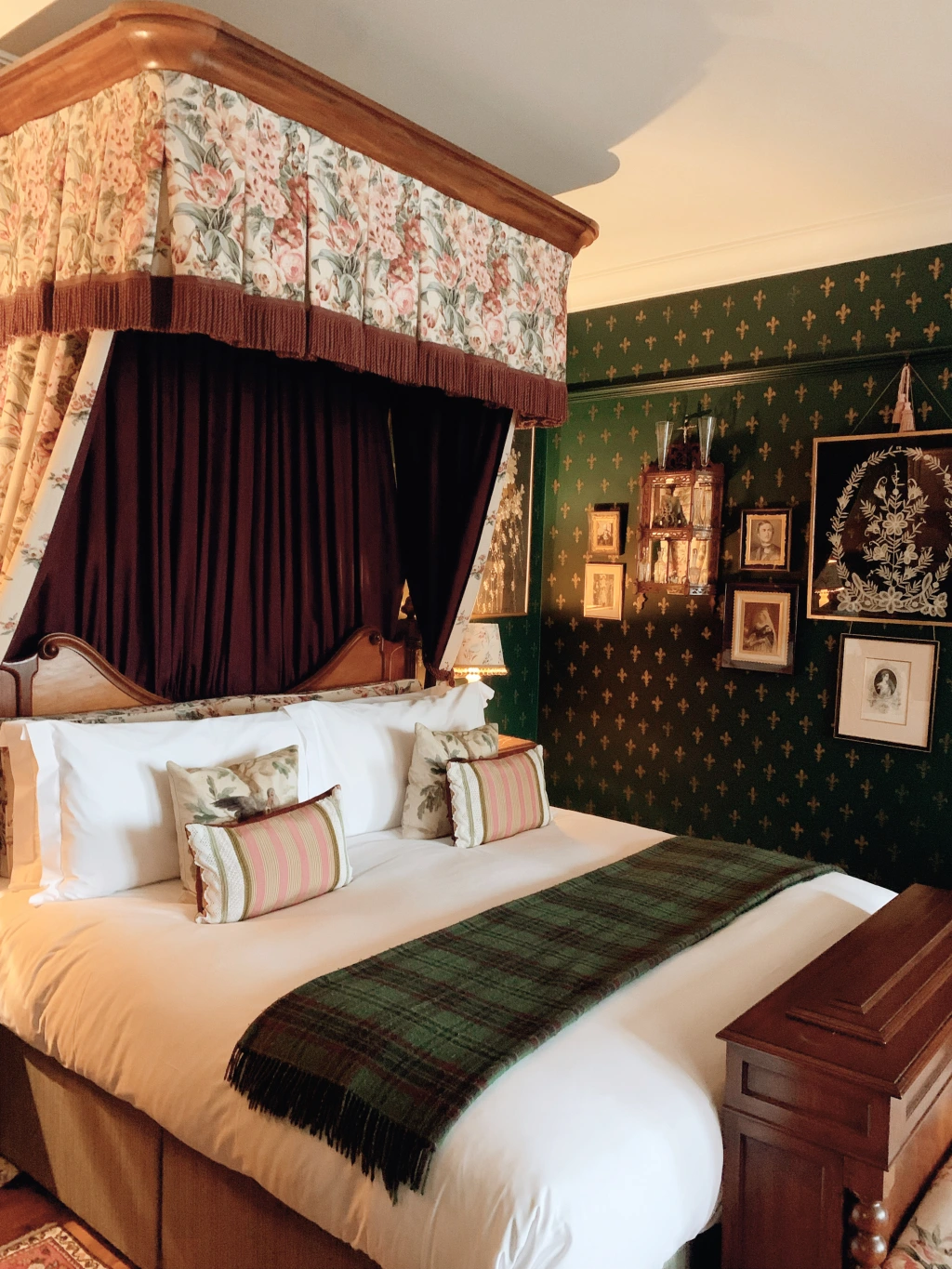
Primary Colours – Red / Blue / Yellow
Secondary Colours – Orange / Green / Violet
Tertiary Colours – Red- Orange / Yellow – Orange / Yellow – Green / Blue – Green / Blue – Violet / Red – Violet

NEUTRALS
Neutral colours are not on the colour wheel. These include white, cream, grey, beige, taupe and black. Within interiors a neutral palette can ease a space, balancing bright colours. It evokes a more classical look, but can also be quite dramatic, drawing ones eye to the use of a single colour within varying textures providing depth and poise to a room.

ADVANCING & RECEDING COLOURS
Advancing colours include reds, yellows and oranges, the warm end of the colour spectrum. These strong colours bring surfaces closer to the eye as if they are coming toward you. Receding colours include Blue, Green and Violet, the cooler end of the colour spectrum. These colours pull away from you, key in creating an illusion of space in the home. Advancing colours have the effect of creating a warm, intimate and cosy feel whilst receding colours have the effect of elongating a space rather than it feeling cramped and constricted.

TEXTURE
Texture affects the appearance of colours as they reflect, diffuse and absorb light in varying ways and this contributes to subtle variations in colour. Silk and satin reflects light and can bounce it around a room, velvet and wool absorbs light and therefore reduces the impact of colour. This relationship can provide a room with a unique visual interest, bringing materials and colours to life. For example, in a room with a neutral palette, introducing a range of textures – wood floors and ceiling beams, rug, chairs etc.- help build up depth and appeal, this will stop the room from being stale and flat to one that is attention-grabbing and has visual allure. Texture is important when using bright, bold and intense colours, as it helps move light around a room and brings it to life.

VISUAL EFFECTS
In order to make a tall ceiling look lower, choose a colour that is one or two tones darker than the walls, or even paint it in a dark colour and it will have the effect of making the room seem more intimate and cosy. If a room has a low ceiling, picking white or even a colour one or two tones lighter than the walls, will help the ceiling appear higher than it is, giving the illusion of space and height. Using light, muted colours, such as shaded whites or greys and low contrasts can dramatically change your perception of the space, making a small room appear larger producing a spacious feeling. A long, narrow room can be made to feel wider by painting the two end walls a darker tone, drawing them into the middle. Including horizontal stripes or the illusion of stripes also help widen a small room.

To make a floor area appear larger decorate it in lighter, cooler colours, such as an off white or in muted greens and blues. This makes a room seem bigger and more inviting. An interesting feature to a room, ceiling beams can be made to stand out and compliment your room by having them in a light painted colour, or a lighter shade of wood which can make a cottage seem airy and expansive. Utilising colour on a staircase or fireplace also enhances them and makes them stand out in a room. To warm up a cold north-facing room introducing colours such as reds, oranges and yellows can achieve this making them feel more welcoming. A room with a lot of sunlight can be cooled down with blue, green and violet tones that make the space feel more comfortable.

COMPLEMENTARY SCHEMES
Complementary schemes are that in which you use two key colours that sit opposite one another on the colour wheel. This in theory creates the perfect balance in a room, such as combining warm and cold colours in one space to equalise the interiors atmosphere and look. This colour scheme works better when there is more of one colour rather than half and half. Pink and green could potentially be overpowering and too striking, however skilfully using toned down versions of these colours can easily compliment each other.

MONOCHROMATIC SCHEMES
Texture is essential in monochromatic colour schemes that are primarily made up of the same colour in varying shades, tints and hue. This allows depth and feels complete, giving balance to a room. Light is reflected differently and therefore pin points layers within interiors, adding qualities of comfort, calm and introspect.

ADJACENT SCHEME
This is when an interior colouring is made of of three or four colours that are related and harmonious and sit together on the colour wheel. The lighter neutral floor helps break up the colours so that that they do not overpower or overwhelm the eye and the outcome of this is vibrant and harmonious.

SPLIT-COMPLEMENTARY SCHEME
Split-complementary schemes include one colour teamed up with two colours that are adjacent to it on the colour wheel. Including tertiary colours adds subtlety and there is less tension between colours, creating a relaxed yet versatile ambience.













Leave a comment